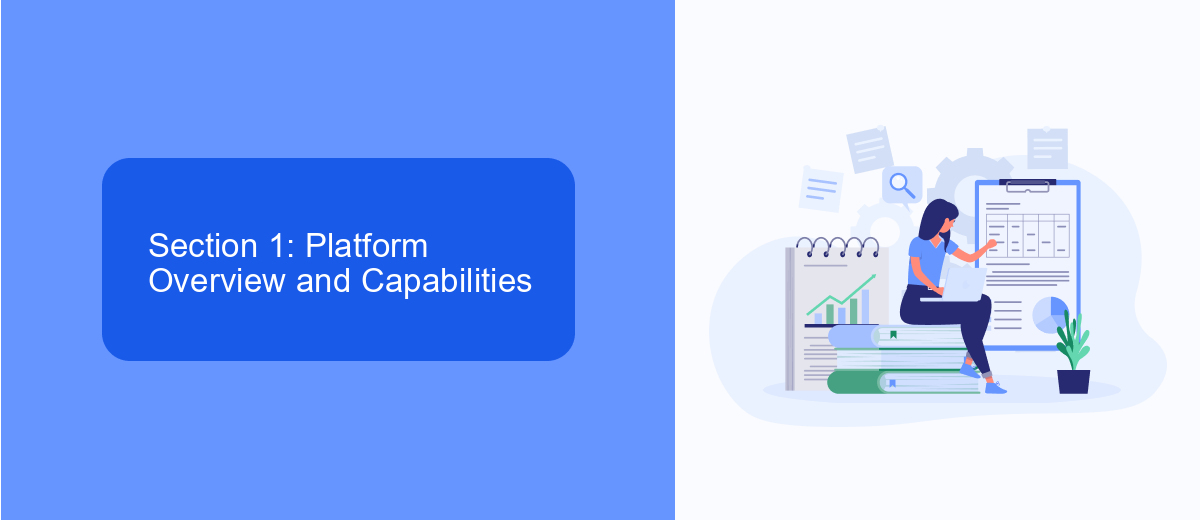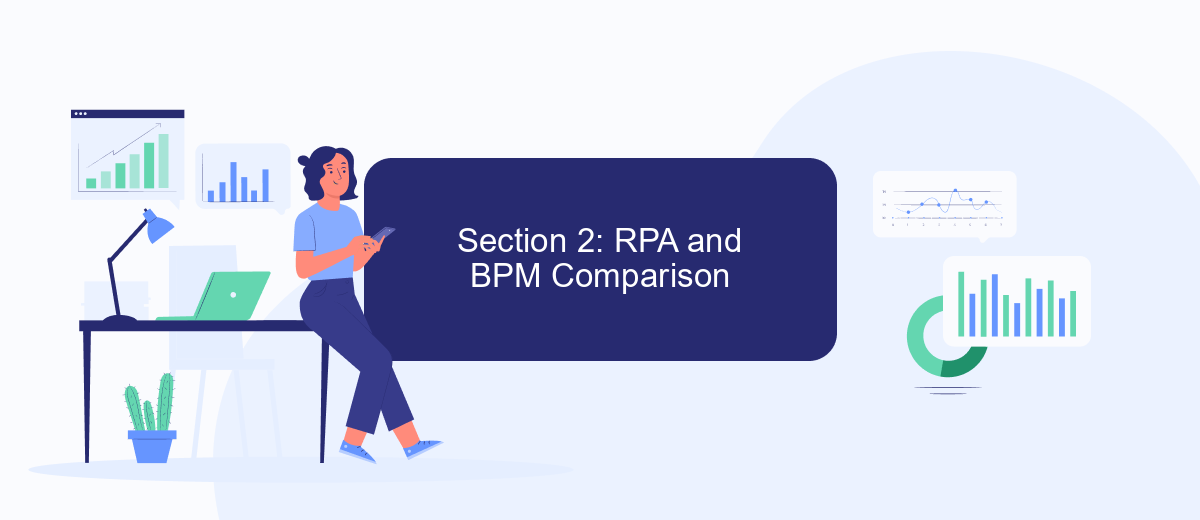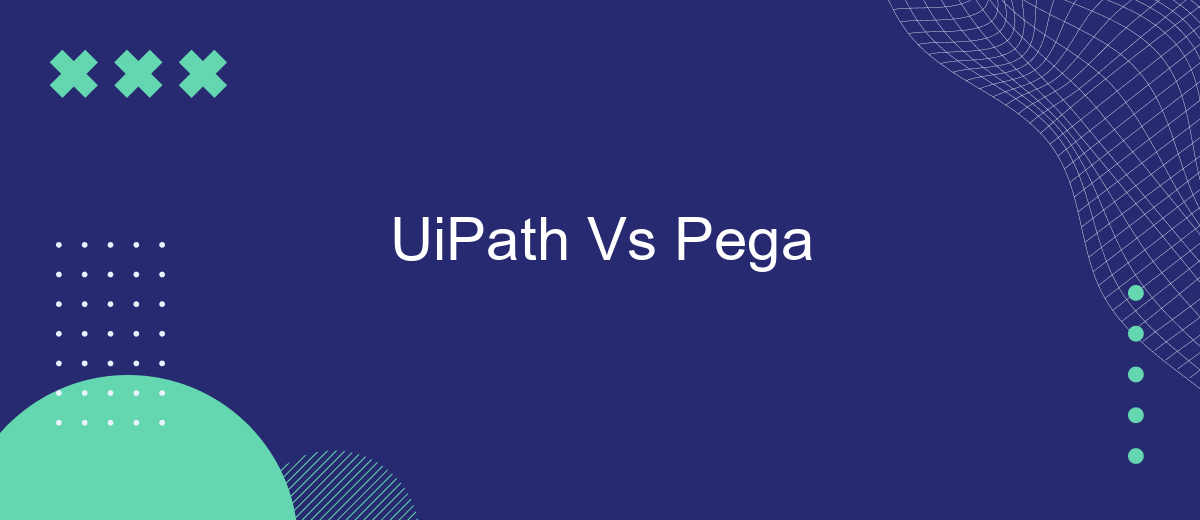When it comes to robotic process automation (RPA) and business process management (BPM), UiPath and Pega are two prominent platforms that often come into comparison. Both offer robust solutions for automating workflows and enhancing operational efficiency, yet they cater to different business needs and have unique strengths. This article delves into the key differences and advantages of UiPath and Pega to help you make an informed decision.
Introduction: UiPath vs Pega - A Comparative Analysis
In the rapidly evolving landscape of automation, UiPath and Pega stand out as two leading platforms that offer robust solutions for businesses aiming to streamline their processes. Both platforms provide unique features and capabilities, making the choice between them a crucial decision for organizations. This comparative analysis aims to shed light on the key differences and similarities between UiPath and Pega, helping businesses make an informed choice.
- Ease of Use: UiPath is renowned for its user-friendly interface, making it accessible even for non-technical users. Pega, on the other hand, offers a more complex interface that may require additional training.
- Integration Capabilities: Both platforms support extensive integrations with other systems. UiPath excels with its wide range of pre-built connectors, while Pega offers robust integration through its Pega Infinity platform. Services like SaveMyLeads can further simplify integration processes for both platforms.
- Scalability: UiPath is highly scalable, suitable for businesses of all sizes. Pega also offers scalability but is often preferred by larger enterprises due to its comprehensive suite of tools.
Ultimately, the choice between UiPath and Pega depends on the specific needs and goals of your organization. By understanding the strengths and limitations of each platform, businesses can better align their automation strategy with their overall objectives.
Section 1: Platform Overview and Capabilities

UiPath and Pega are two leading platforms in the realm of automation, each offering distinct capabilities to enhance business processes. UiPath is renowned for its robust robotic process automation (RPA) tools, which enable businesses to automate repetitive tasks with ease. Its user-friendly interface and extensive library of pre-built automation components make it accessible even to users with minimal technical expertise. Additionally, UiPath integrates seamlessly with various third-party applications and services, including SaveMyLeads, which simplifies the process of connecting different software systems and streamlining workflows.
Pega, on the other hand, is a comprehensive business process management (BPM) platform that focuses on end-to-end process automation and customer engagement. It offers advanced capabilities for building and managing complex business workflows and case management solutions. Pega’s strength lies in its ability to adapt to changing business needs through its dynamic case management and real-time decisioning features. The platform also supports integration with various enterprise systems, ensuring that businesses can maintain a cohesive and efficient operational environment. Both UiPath and Pega provide powerful tools to drive digital transformation, but their approaches and core strengths cater to different aspects of business automation.
Section 2: RPA and BPM Comparison

Robotic Process Automation (RPA) and Business Process Management (BPM) are two powerful methodologies aimed at optimizing business processes. While both aim to improve efficiency, they operate in fundamentally different ways.
- Automation Focus: RPA automates repetitive, rule-based tasks without altering the existing IT infrastructure, whereas BPM focuses on end-to-end process management and optimization.
- Integration: BPM systems often require complex integrations with various enterprise applications, while RPA tools like UiPath can work with existing systems without major changes. For instance, SaveMyLeads can simplify the integration process by automating data transfer between different platforms.
- Flexibility: RPA offers quick deployment and immediate ROI, making it ideal for short-term gains. BPM, on the other hand, provides a long-term strategic approach to process improvement.
In summary, RPA and BPM serve different but complementary roles in enhancing business operations. RPA is suitable for automating specific tasks, while BPM is essential for holistic process optimization. Understanding these distinctions can help organizations choose the right approach for their needs.
Section 3: Integration and Scalability

When it comes to integration and scalability, both UiPath and Pega offer robust solutions, but they cater to different needs and environments. UiPath excels in integrating with a wide range of applications, providing seamless automation across various platforms. It supports numerous APIs and has built-in connectors that make it easy to integrate with popular enterprise tools.
Pega, on the other hand, is known for its powerful case management and business process management capabilities. It provides a unified platform that can scale effortlessly as your business grows. Pega's architecture is designed to handle complex workflows and large volumes of data, making it ideal for enterprises with intricate processes.
- UiPath: Extensive API support, built-in connectors, and easy integration with third-party tools.
- Pega: Robust case management, scalable architecture, and comprehensive BPM capabilities.
- SaveMyLeads: Facilitates seamless integration between various platforms, enhancing automation workflows.
In summary, while UiPath offers flexibility and ease of integration with various tools, Pega provides a more comprehensive and scalable solution for managing complex business processes. Depending on your specific needs, either platform can significantly enhance your automation strategy.
Section 4: Enterprise Compatibility and Support
When it comes to enterprise compatibility, both UiPath and Pega offer robust solutions that cater to large-scale business needs. UiPath provides seamless integration with a wide range of enterprise applications, including ERP systems, CRM platforms, and cloud services. This ensures that businesses can automate processes across different departments without facing compatibility issues. On the other hand, Pega's offering is centered around its unified platform, which combines BPM, CRM, and AI capabilities. This integrated approach simplifies the management of complex workflows and enhances the overall efficiency of enterprise operations.
Support is another critical aspect where UiPath and Pega excel. UiPath boasts a comprehensive support system, including a dedicated customer success team, extensive documentation, and an active community forum. Additionally, services like SaveMyLeads can be leveraged to streamline integration processes, ensuring smooth data flow between various applications. Pega also offers robust support with its Pega Academy, providing training and certification programs, and a responsive customer support team. Both platforms ensure that enterprises have the necessary resources and assistance to maximize the potential of their automation solutions.
- Automate the work with leads from the Facebook advertising account
- Empower with integrations and instant transfer of leads
- Don't spend money on developers or integrators
- Save time by automating routine tasks
FAQ
What is the primary difference between UiPath and Pega?
Which platform is better for end-to-end process automation?
Can UiPath and Pega be integrated with other systems?
Which platform is easier to learn for beginners?
What industries benefit most from using UiPath or Pega?
Don't waste another minute manually transferring leads from Facebook to other systems. SaveMyLeads is a simple and effective tool that will allow you to automate this process so that you don't have to spend time on the routine. Try SaveMyLeads features, make sure that this tool will relieve your employees and after 5 minutes of settings your business will start working faster.

